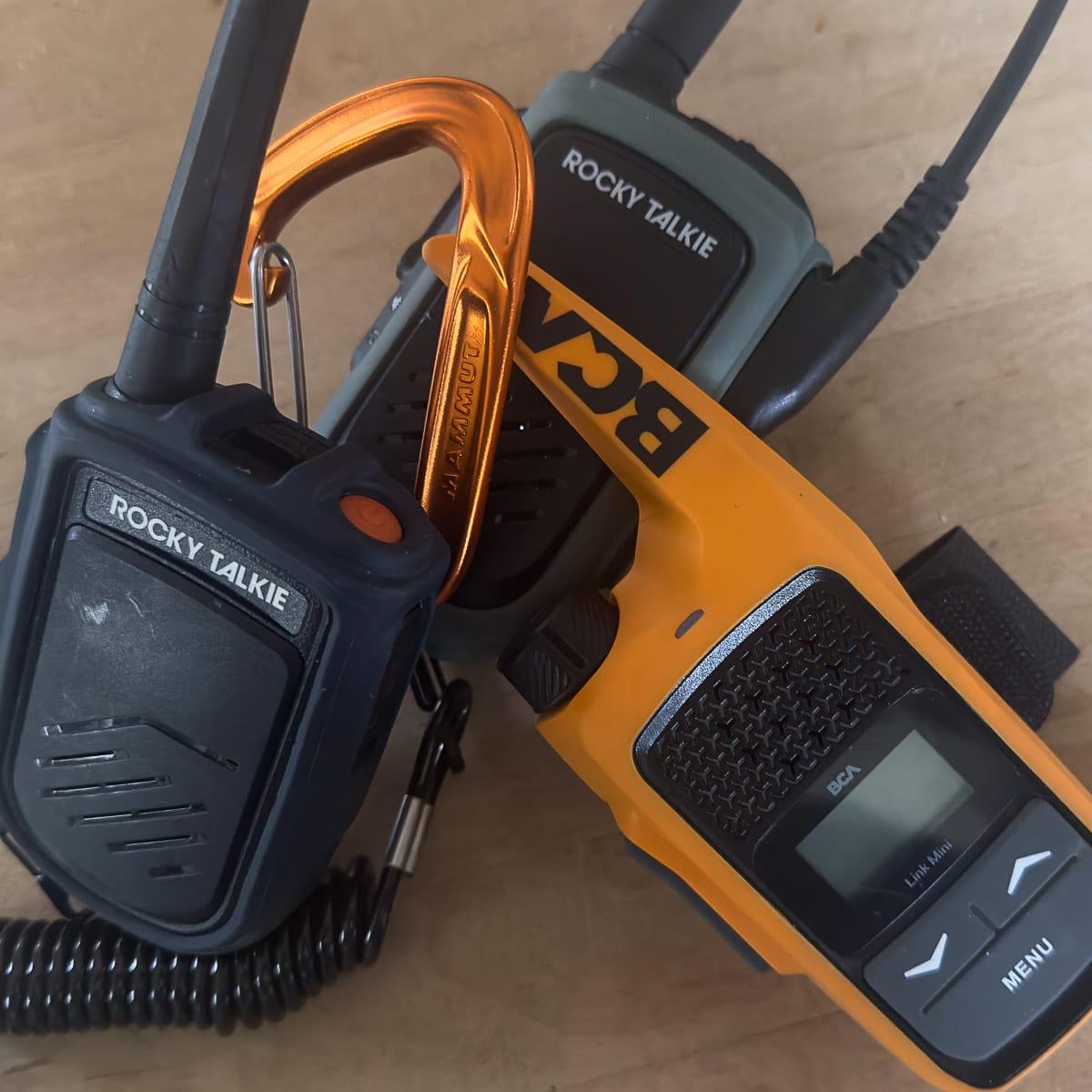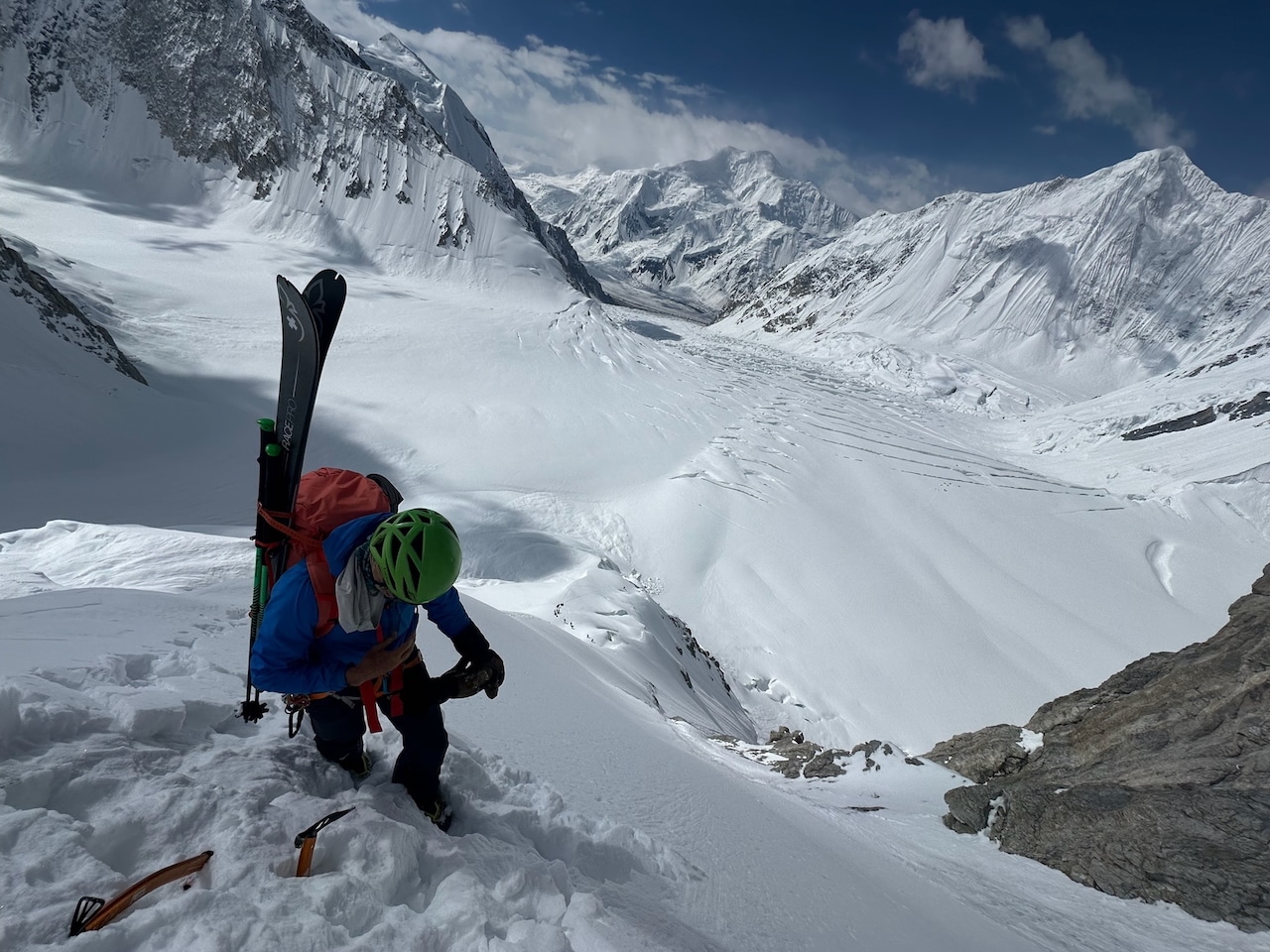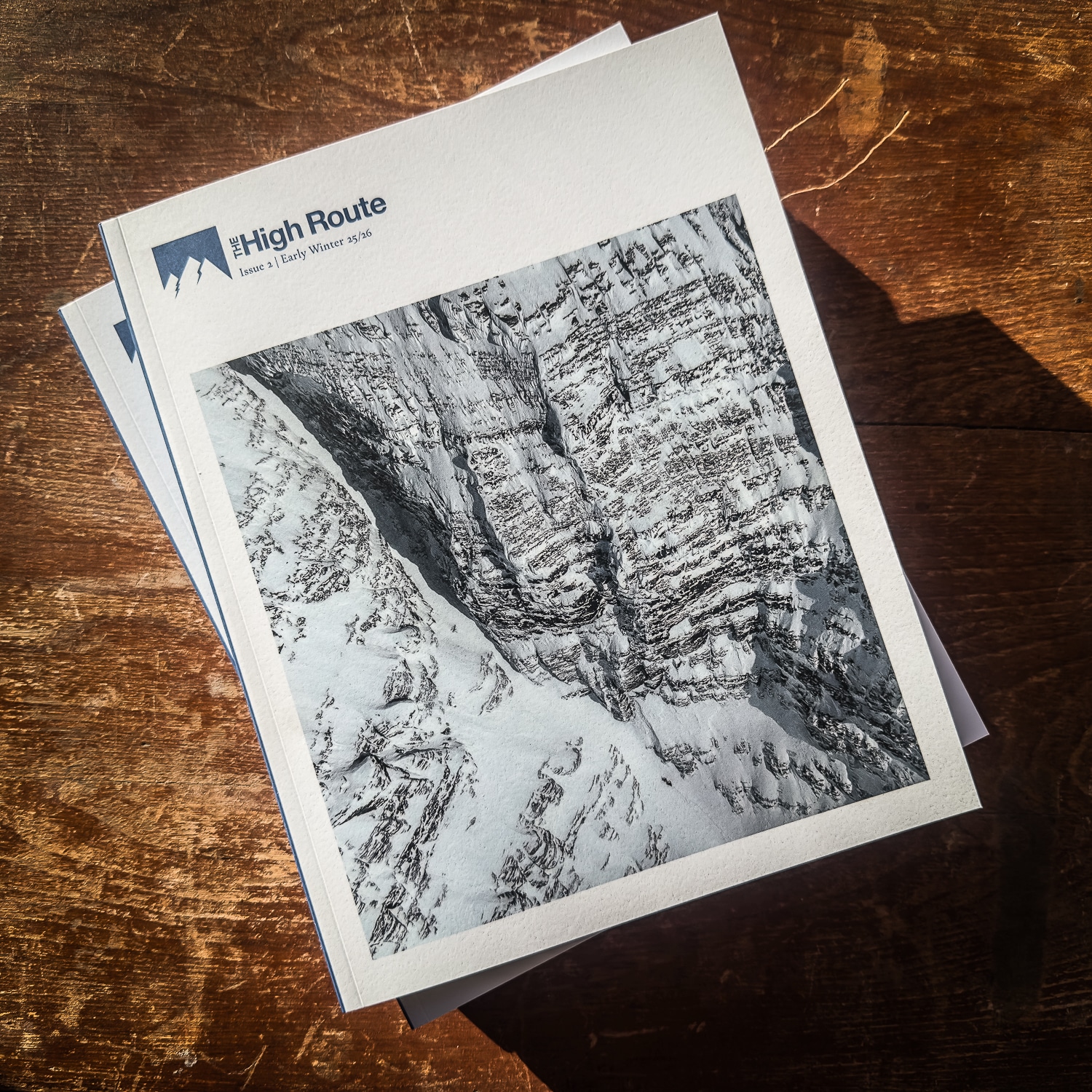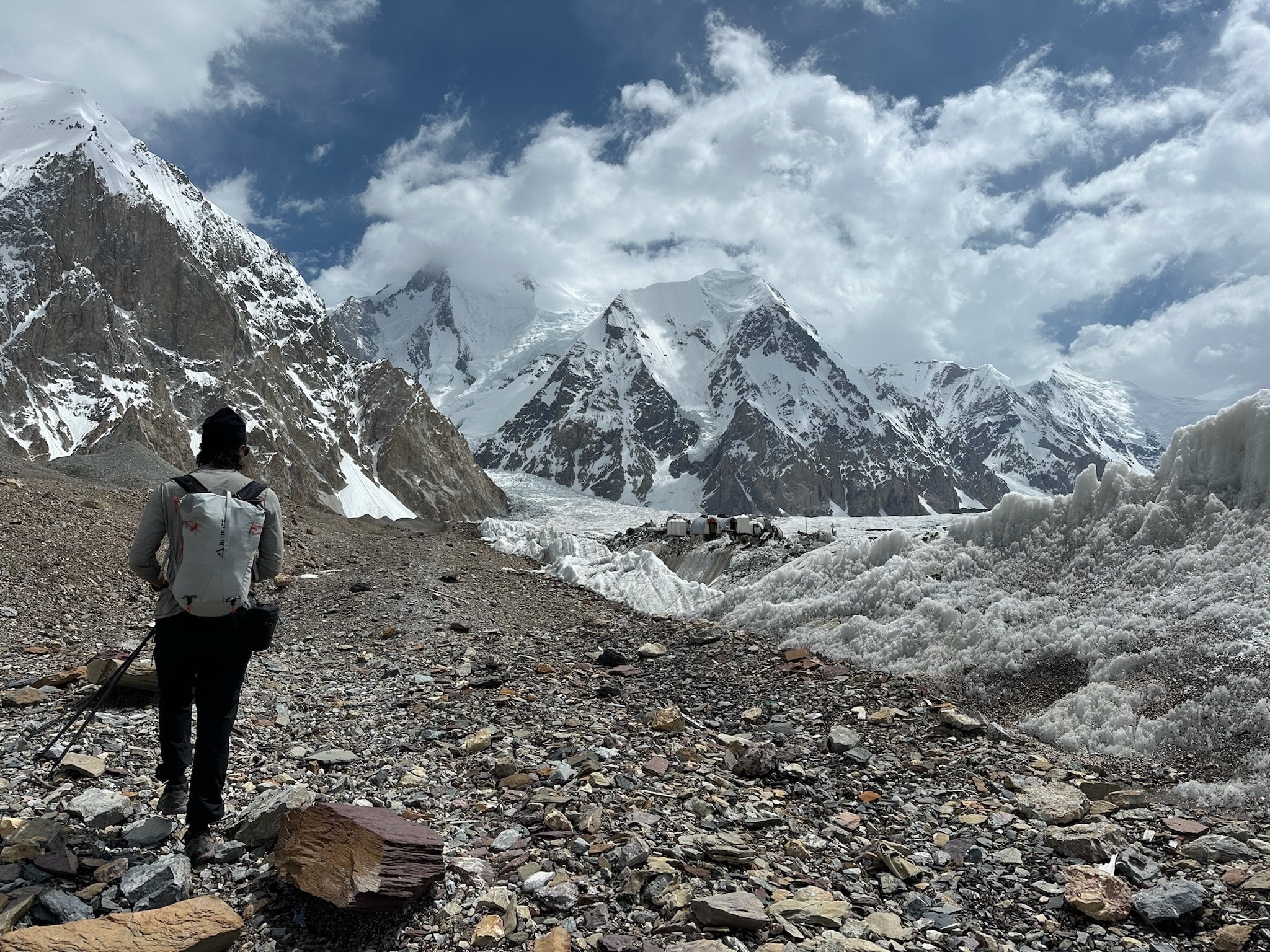As ski season ramps up in North America (and it is ramping up sharply in places), you’re likely unearthing your radios, dusting them off, and recharging batteries, or at least I hope you are. Radio communications can significantly improve the function and safety of a backcountry touring group, provided they’re used properly. We’ll cover tips and touchstones on how to use your radio like a professional.
As a rookie ski patroller at Park City Mountain, I remember a medical call that another rookie responded to. A skier had fallen off a cut bank onto a road and was reportedly in pretty bad shape. We were waiting near the bottom of the run with a snowmobile to assist transport to the base clinic and a waiting ambulance, hoping for a situation report. The responding patroller came on the radio, flustered:
“343 for 304 do you copy…but there’s…I need a few…[heavy breathing]…. he’s about 30, seems shocky, probably going to need an ambulance. We’re near turn two on….and also oxygen…[more panting].”
Her transmission was disorganized and broken, and even though she tried to describe the situation and her needs, we didn’t receive useful information from the call, which lasted minutes, preventing anyone else from transmitting on the radio.
“304 for 343, stand by. We copy, 30-year-old male in distress, ambulance requested. Say again your location and what you need. 304 clear.”
Our team lead finally broke in and calmly and slowly took control of the situation. He made it clear what we knew and what we needed to know. His example was a solid illustration of professionally executed two-way radio communications.
The amateur world is more lax, as it should be. But, as a radio user, there’s nothing worse than ending up with another group on your radio channel who won’t stop talking. Talking about the weather. Talking about last night’s trip to the bar. Talking over each other. Nonprofessional radio use doesn’t just take away from the effectiveness of radios, it can be a distraction unto itself.
The following tips are ones that I have compiled over multiple years of working with different ski patrols and rescue organizations, with a few bonus tips for FRS radio users. This is not a definitive guide to radio use, and there will likely be some variation in personal preference and regional variation in radio use. However, any system is better than none, so here’s my process for radio success from car to bar.
Use a High-Power Channel
Did you know that your FRS radio has different transmitting power depending on what channel you’re using? That’s right. Your BCA or Rocky Talkie transmits at either 0.5 watts or 2 watts, depending on the channel, Which is a 4x power difference! Channels 1-7 and 15-22 will give you access to those 2.0-watt transmitting powers. These same channels will give you access to 5-watt transmitting power if you’re wise enough to use the Rocky Talkie 5 Watt GMRS radio.






Leave a Reply
You must be logged in to post a comment.